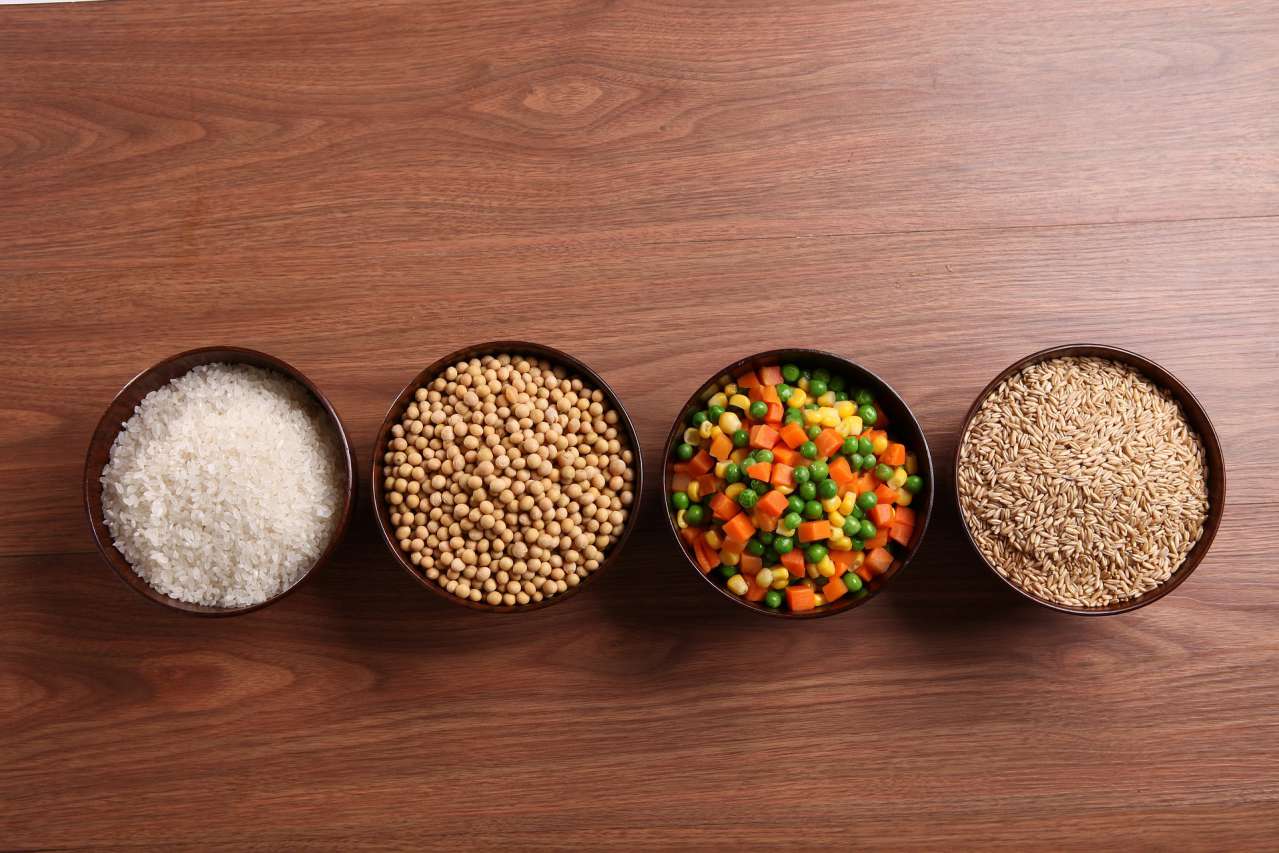Refined grains are less nutritious than whole grains as they lose nutrients and fiber.
What cereals are considered whole grains
Whole grains are not subjected to mechanical cleaning, while it can be crushed and ground into flour. Thus, the grain retains the presence of the seed coat (bran), which is not rejected during the production process and contains a lot of fiber.
Other whole grains include brown rice, freekeh, which is made from roasted young wheat with seeds still soft, as well as rye and barley. Processed white rice, pearl barley, barley, semolina, and millet are not whole grains.
Everyone knows such types of whole grain cereals as wheat, oatmeal, bulgur, rye, brown and wild rice, popcorn, barley, and quinoa.
Benefits of whole grains
Whole grains are unrefined grains that have all three of these parts. They usually contain iron, magnesium, manganese, phosphorus, selenium, B vitamins and fiber. Few people know what whole grains are, but many people know how incredibly useful it is.

Whole grain contains in its composition almost all the vitamins necessary for a person, both water-soluble (vitamins of the B group - thiamine, riboflavin, pyridoxine, pantothenic acid, niacin, biotin, ascorbic acid), and fat-soluble (vitamins D, E and carotenoids).









